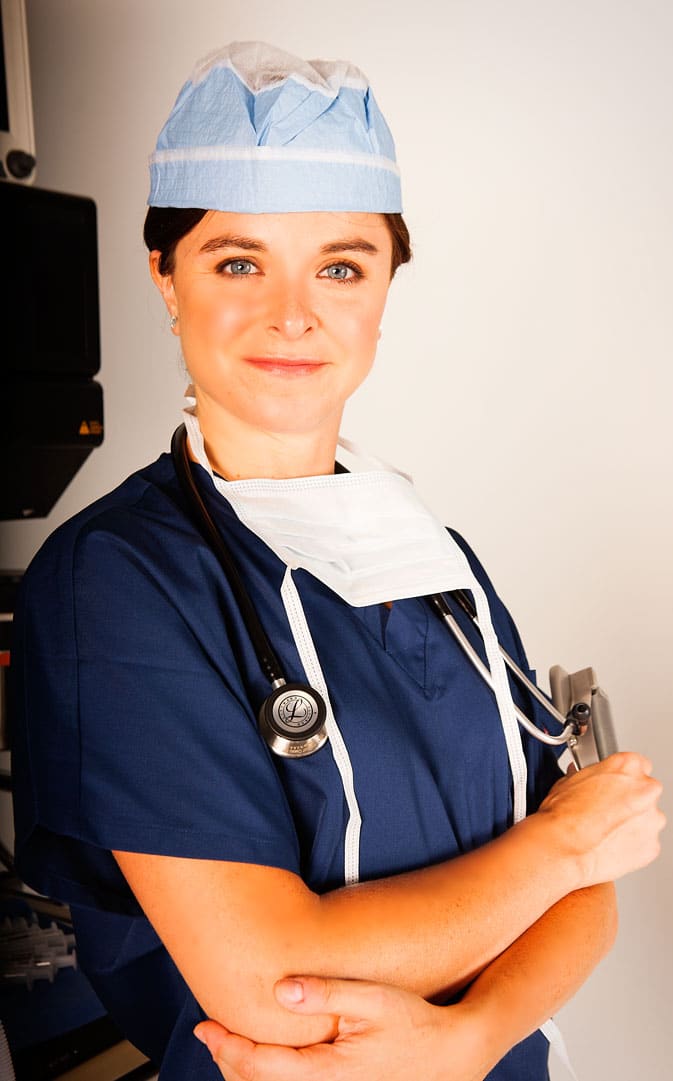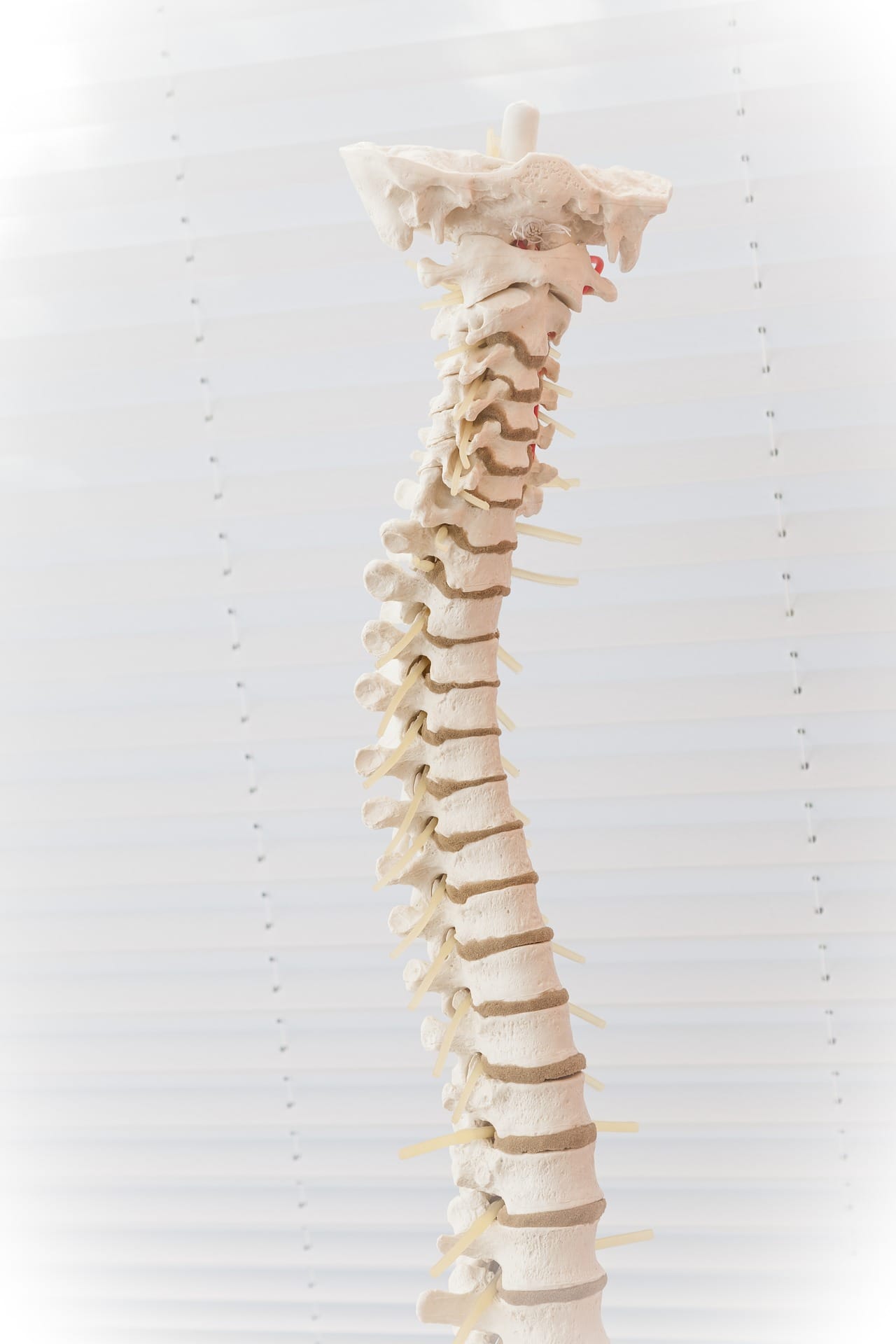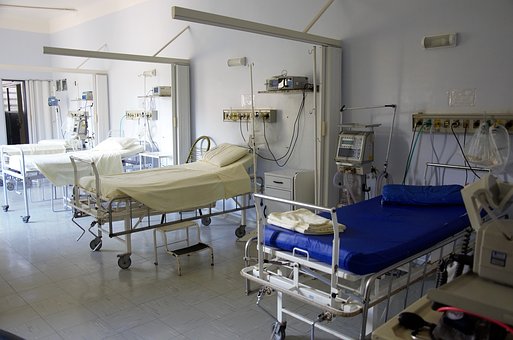
Providing safe and effective anesthesia services is a full day’s work. The physician anesthesiologist must thoroughly review each patient’s medical history and come up with an anesthesia plan that not only considers patient safety but also the surgeon’s preferences. Oftentimes, this is achieved by speaking directly with the patient and the surgeon, whether it be in person or over the phone, the day before the surgery.
The morning of, the physician anesthesiologist is often the first person to arrive in the operating room. Like a pilot preparing for a flight, the anesthesiologist must embark on a systematic checklist to ensure that all equipment is functioning properly and all supplies including emergency supplies are stocked and available in the room. The anesthesia machine is checked, the suction catheter is on and readily accessible, all monitors are available and ready to connect to the patient, airway equipment is selected for the patient and double checked for leaks or malfunction, intravenous access kits and fluids are set up, and medications are drawn up with doses already calculated.
Once the anesthesia station in the operating room is ready to go, the physician anesthesiologist then meets the patient in the preoperative area to clarify his or her medical history, assuage any fears or concerns the patient may have, and discuss the benefits and risks of the anesthesia plan. A focused review of systems and physical exam is performed, with special attention to the cardiopulmonary systems and airway exam.
The patient is then transported to the operating room. Once monitors are in place, the anesthesiologist preoxygenates the patient and induces anesthesia. After the patient is asleep, he or she is intubated. If a difficult airway is encountered, additional equipment such as a Glidescope or fiberoptic scope may be utilized. The anesthesiologist then monitors the patient closely during the surgery and, once the surgery is done, the patient is emerged and extubated before being transported to the recovery room. If needed, the patient may remain intubated and go to the ICU.
The anesthesiologist’s responsibilities do not end there. The patient must be carefully monitored as he or she wakes up from the effects of anesthesia. The physician orders pain and anti-nausea medications as needed and is available if there are airway or hemodynamic concerns during this period. Once the patient meets discharge criteria, they can return to an inpatient room or go home. The next day, the anesthesiologist does a postoperative visit or call to address any concerns or questions that the patient had regarding their anesthesia experience.




